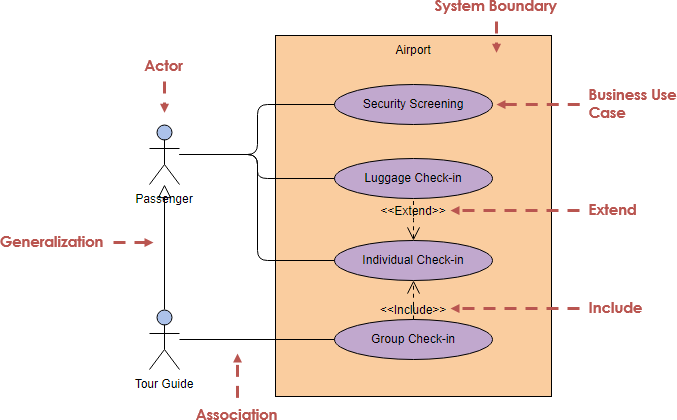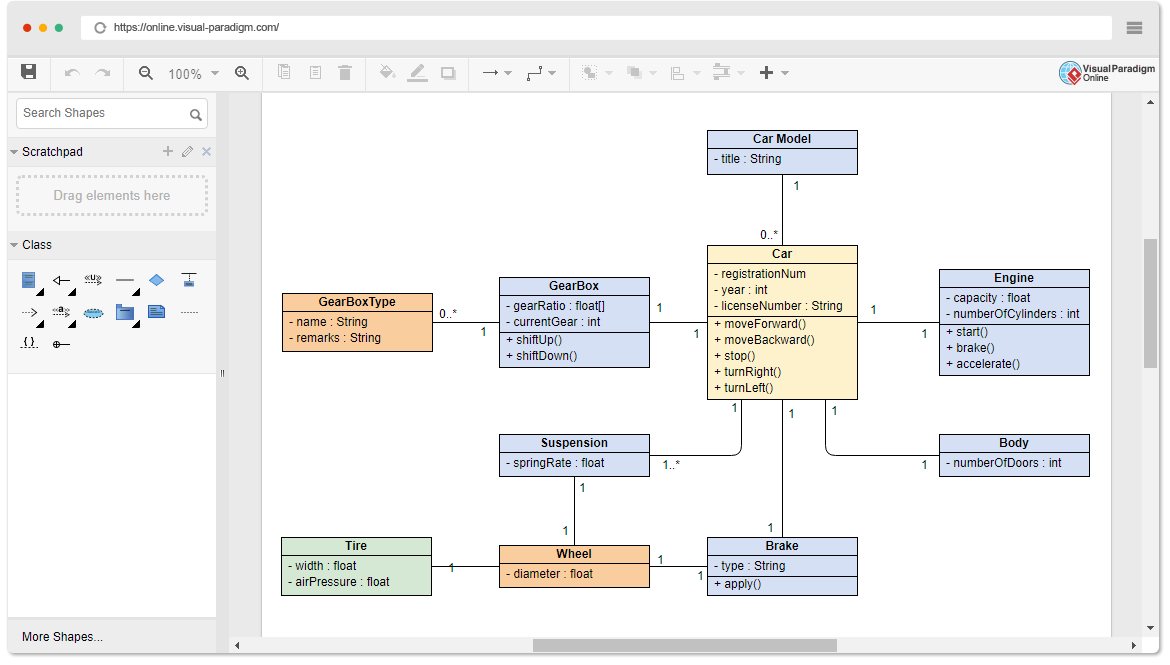Unified Modeling Language (UML) Timing Diagrams are a type of interaction diagram that focuses on the timing constraints of objects
Continue reading
Learning one new thing everyday


Unified Modeling Language (UML) Timing Diagrams are a type of interaction diagram that focuses on the timing constraints of objects
Continue readingIntroduction Use cases are a fundamental tool in software development and systems engineering, providing a structured way to capture the
Continue reading
Introduction Use cases are a fundamental tool in software development and systems engineering, providing a structured way to capture the
Continue readingIntroduction In the rapidly evolving landscape of e-commerce, providing a seamless and efficient user experience is paramount for success. As
Continue reading
Introduction Use Case Modeling is a critical aspect of software development that helps in capturing the functional requirements of a
Continue readingIntroduction Sequence Diagrams in Unified Modeling Language (UML) are powerful tools for illustrating the dynamic behavior of a system by
Continue reading
Comprehensive Guide to the 14 UML Diagram Types The Unified Modeling Language (UML) is a standardized general-purpose modeling language managed
Continue reading
Are you ready to take your business communications to the next level? With AniFuzion, creating professional animation videos has never
Continue reading
Introduction to UML Unified Modeling Language (UML) is a standardized modeling language consisting of an integrated set of diagrams, developed
Continue readingIntroduction A use case diagram is a type of behavioral diagram defined by the Unified Modeling Language (UML). It is
Continue reading